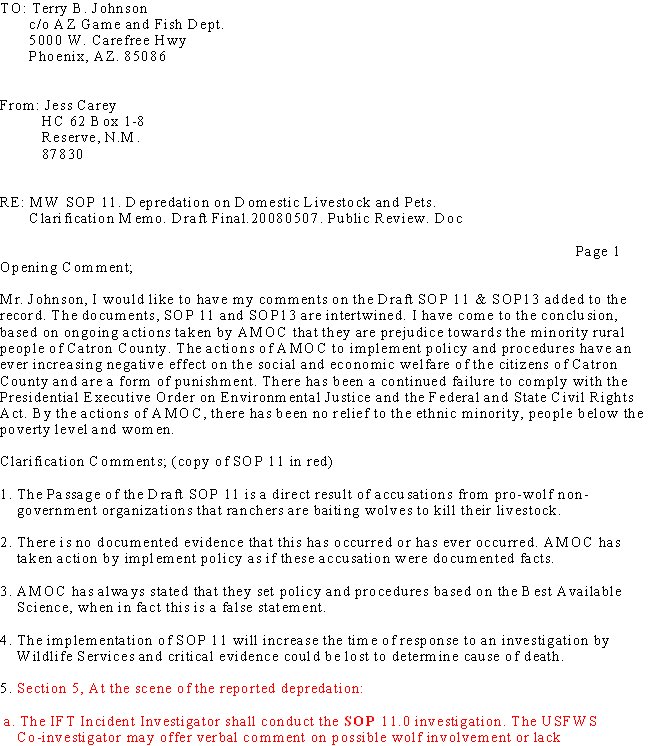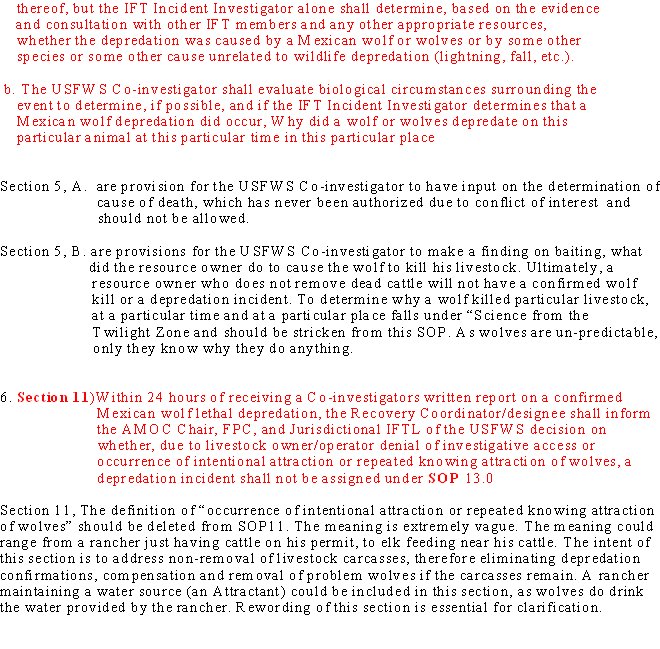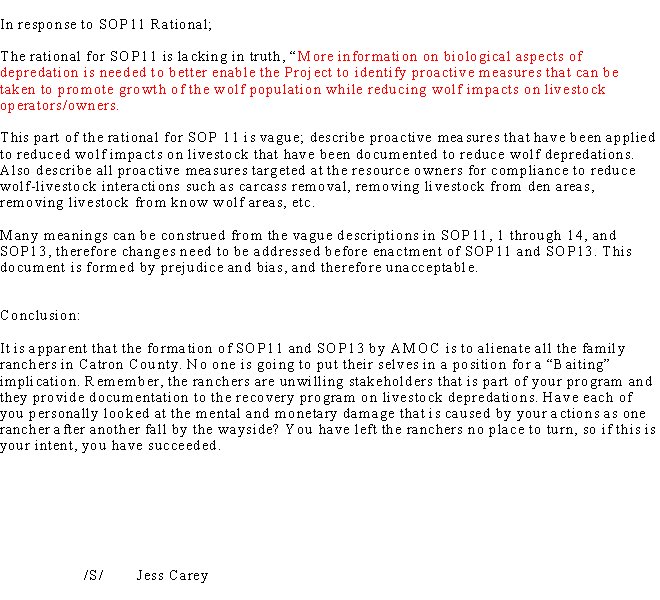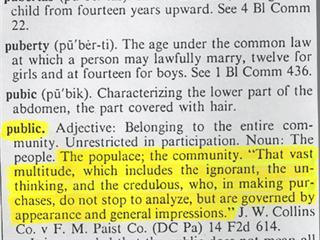

I contacted the University of Nebraska and asked Ismail Dweikat if there was a better crop than corn to grow for ethanol production in the U.S. Ismail, a PHd, doing research on the Ag campus at the U of Nebraska (GO BIG RED), sent me the following information on sweet sorghum.
"Sweet Sorghum, the Sugarcane of the Midwest
Sweet sorghum is a drought-tolerant feed stock with the potential to produce more ethanol per acre than corn. Sweet sorghum stalks contain up to 75% juice, varying between 12 and 23% in sugar. There’s enough juice in an acre of sweet sorghum to make 400 to 800 gallons of ethanol. Sorghum juice-derived ethanol is cheaper to produce than corn ethanol because it doesn’t require the cooking and enzymes that corn requires for conversion of starch to sugar to fuel grade alcohol. Current estimates suggest that intensive plant breeding and cultivation research could, over time, increase the sugar content of sorghum juice to a level needed to produce 1000 gallons of ethanol per acre. We plan to evaluate the potential of sweet sorghum as an ethanol-producing crop for Nebraska.
Sweet sorghum is a perennial crop in areas that don’t have a winter freeze. Plant breeding efforts continue to improve the cold tolerance of sorghum for growth in the Midwest. In the Corn Belt, sweet sorghum grows 10 to 15 feet tall during a growing season. The taller the plant and the thicker the stalk, the more juice the plant will produce. To maximize juice and ethanol production in the Corn Belt, growers need to plant the crop early to mid-April. The grower could then make the first cutting for juice in early July, when the crop starts to flower. A second cutting could be made in October, shortly before frost, yielding enough juice for an additional 100 to 200 gallons of ethanol. Or, if feed were short, the grower could hay or graze the second cutting. Sweet sorghum’s energy-savings and value emerge in several ways:
• The crop only needs 12-15 inches of rain during the growing season to make a crop. Therefore, it is suitable for dryland production or limited irrigation. If the crop receives more moisture, it will respond positively.
• It requires only 40-60 lbs of nitrogen per acre. The crop is long-rooted and can extract residual nitrogen left by previous crops, or from nitrogen-fixing soybeans preceding in rotation.
• Sweet sorghum juice doesn’t require the long fermentation and cooking time needed to process corn ethanol.
• Some of the crop residue left after juice extraction (called bagasse) can be dried and burned to fuel ethanol distillation. These residues can also be used for animal feed, paper, or fuel pellets.
• The crop needn’t be grown on a farmer’s best land, allowing the farmer to make use of poorer ground.
• The simplicity of ethanol production from sweet sorghum could lend itself to on-farm or small-cooperative efforts at fuel-making.
• Ethanol plants in the State could choose, with some additional equipment, to make seasonal runs of sweet sorghum juice.
Ethanol is currently processed from sweet sorghum in Texas, Oklahoma, and Iowa, as well as India and other parts of the world. We seek to enhance sweet sorghum performance on marginal lands, and to identify a strategy for improving its ethanol processing potential, two key components for developing this system for production in Midwest region.
Posts and Comments from Readers
Please include yourself in the discussion. Post a comment.
Wednesday, June 25, 2008
SWEET SORGHUM BETTER THAN CORN FOR ETHANOL PRODUCTION
Labels:
ETHANOL,
SWEET SORGHUM
Subscribe to:
Post Comments (Atom)



















.jpg)


















No comments:
Post a Comment